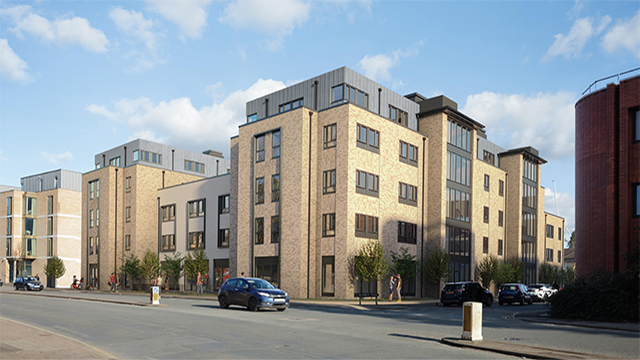Time for London to catch up on placemaking
London is behind its international rivals in terms of placemaking but is slowly catching up as developers become more forward-thinking.
Speaking at EG’s “What is the value of placemaking?” event at MIPIM, Lucy Musgrave, founding partner at Publica, said: “The City of London is reinventing itself. In the West End there is a complete rethinking of all the garden squares and there is more connectivity between urban neighbourhoods. It’s important to realise these areas are in competition not only with one another but also with other cities that have been doing this for a long time. There is a need to catch up.”
Last month Grosvenor embarked on a new 20-year vision to improve Mayfair and Belgravia’s public realm by delivering green spaces and opening up more squares.
London is behind its international rivals in terms of placemaking but is slowly catching up as developers become more forward-thinking.
Speaking at EG’s “What is the value of placemaking?” event at MIPIM, Lucy Musgrave, founding partner at Publica, said: “The City of London is reinventing itself. In the West End there is a complete rethinking of all the garden squares and there is more connectivity between urban neighbourhoods. It’s important to realise these areas are in competition not only with one another but also with other cities that have been doing this for a long time. There is a need to catch up.”
Last month Grosvenor embarked on a new 20-year vision to improve Mayfair and Belgravia’s public realm by delivering green spaces and opening up more squares.
Placemaking is an intangible concept and does not immediately add to a developer’s bottom line. David Twohig, chief development officer at Battersea Power Station, called for a rethink in terms of its long-term value add.
“Developers need to understand that placemaking helps get them involved with more future projects, planning and sales. Ultimately it enhances values. There is a need to understand the symbiotic relationship between creating great places and enhancing value,” he said.
To do this, developers have to work with each other and with the public sector to think beyond the boundary lines of their own ownership. Musgrave said that this was something London developers had started to embrace to get the capital up to speed.
“Developers used to think about elegant solutions within their red line and now all good developers are thinking strategically among neighbours and all stakeholders to get it right. This was something London used to be behind on compared with its continental competitors,” Twohig said.
Comment: David Twohig, chief development officer at Battersea Power Station
The true value of placemaking will continue to be nominal so long as it remains a word that the property industry merely pays lip service to. Like environmental sustainability, placemaking already seems to have become this decade’s “greenwash”. There is some good work being undertaken by a few developers but they remain the minority. All developers are talking the placemaking talk but few are actually walking the walk. Why?
So long as demand outstrips supply we will see little concerted effort to create real places. In the more competitive office market where developers are seeking to attract quality tenants, we have witnessed marked improvement because developers realise the need to create a “place” in order to attract a tenant that in turns needs that same sense of “place” to attract and retain staff. However, in the residential market where growing urban populations result in long-term demand, developers are lazier and less quick to adopt a progressive approach to the development of place, knowing that the apartments will eventually sell.
Consequently there is a need to build awareness that placemaking, revolving around good design and long-term management, benefits both society and the bottom line. This is the approach that we have adopted at Battersea Power Station, which has allowed us to set new price points, sell faster and let offices to the likes of Apple.
As developers realise the financial benefits of placemaking we will start to witness the positive impact placemaking has for both our built environment and for developers. The co-dependence of placemaking and financial reward is the only sustainable future to ensure this isn’t a passing fad.
Placemaking doesn’t finish when a development is finished. It must be invigorated and kept relevant. Today’s occupiers are much more discerning than they have ever been and it’s not good enough to provide them with just a desk and a phone. What’s around them is important too. Tenants try hard to retain staff and it’s about not just the great design of the building that helps so do but also the places around them.
Comment: Martin Jepson, president and chief operating officer, Brookfield Property Partners UK
Placemaking doesn’t finish when we finish a development. It’s about how you invigorate it and keep it relevant. The whole world has changed not just from an occupational point of view but from an amenity point of view. Today’s occupiers are much more discerning than they have ever been and not good enough to provide them with a desk and a phone, it’s what’s around them. A lot of effort is made by tenants towards staff retention and it’s about not just the great design of the building that helps so do that but the places around them and making them want to be there.
To send feedback, e-mail david.hatcher@egi.co.uk or tweet @hatcherdavid or @estatesgazette
Click here for all the news, views and analysis from MIPIM 2017










